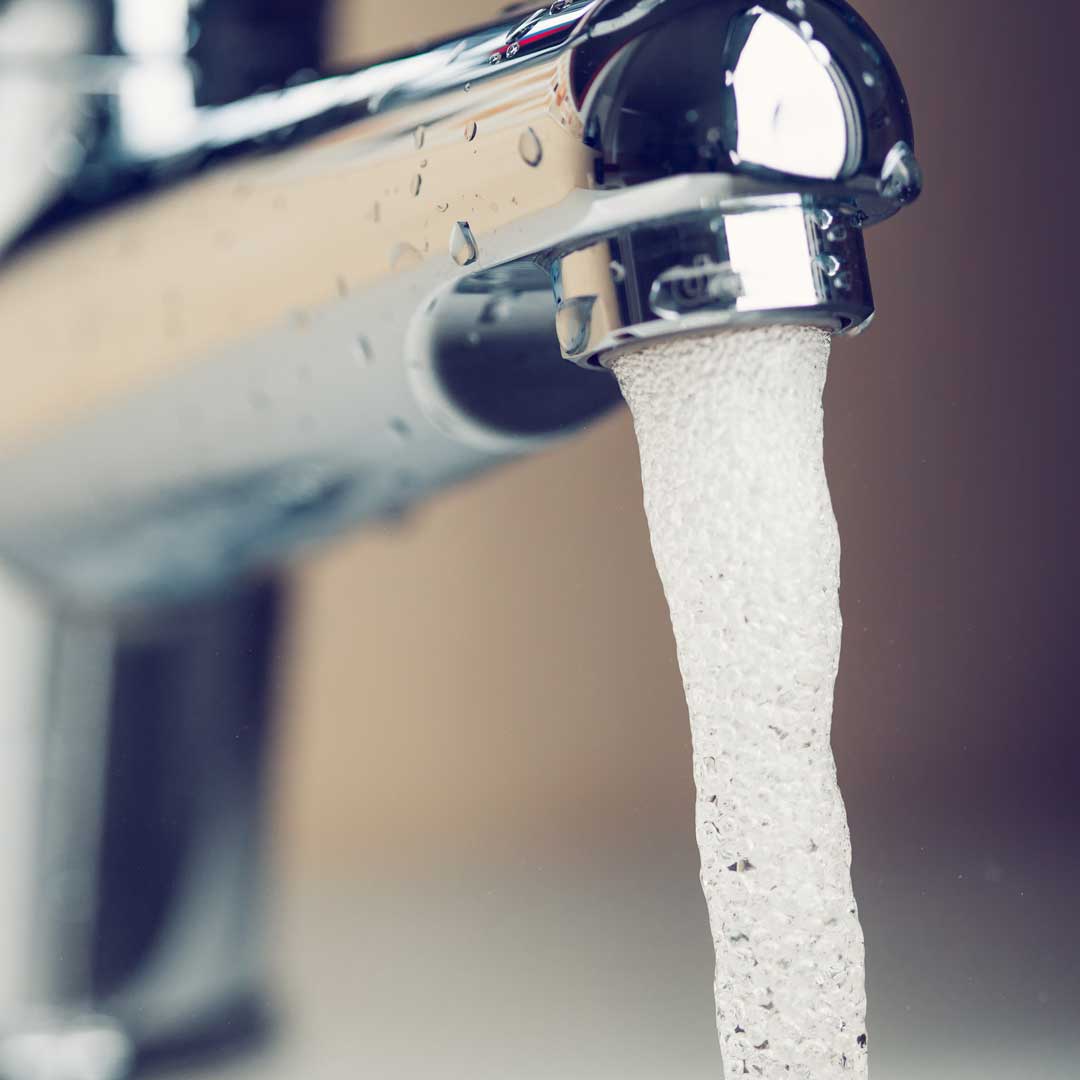Americans Exposed to Toxic Chemicals in Tap Water
“Drink more water” is a common mantra these days. Reusable water bottles are increasing in popularity, and filtered water dispensers can now commonly be found in schools, airports, event centers, and several other public spaces. While it is certainly easier for us to find filtered water in the United States, people are being forced to take an even closer look at where their drinking water comes from.
Tap water in the United States is contaminated with toxic fluorinated chemicals at a higher rate than previously thought, according to a new report. Forever chemicals, also known as perfluoroalkyl substances (PFAS), are resistant to breaking down and may affect far more than the 110 million Americans estimated in the Environmental Working Group‘s 2018 report based on unpublished U.S. Environmental Protection Agency data.
“It’s nearly impossible to avoid contaminated drinking water from these chemicals,” said David Andrews, a senior scientist at Environmental Working Group and co-author of the report published last month. Some of the chemicals are known to cause cancer, liver damage, low birth weight, and other health problems.
What are PFASs?
PFASs encompass a whole family of man-made chemicals that contain a carbon and fluorine atom backbone. There are hundreds of known PFAS compounds with varying functional groups, which can include other elements such as oxygen, hydrogen, or sulfur. PFASs are often used in industrial processes and, notably, in firefighting foams. They are a component of many of the firefighting foams used by the military, airport authorities, and local fire and rescue agencies. It is these foams that are most often implicated when PFAS is found in groundwater or in the environment.
PFAS chemicals do not occur in nature, and some of them take a very long time to break down in the environment. Our bodies don’t do a good job of breaking them down either, so they have the potential to build up in the organs and tissues of humans and animals. Animals further up the food chain, such as humans, may accumulate even more of the chemicals in their bodies when they eat plants or animals that have been exposed to PFAS.
How is tap water regulated?
Tap water is regulated by different agencies, with different missions. The U.S. Environmental Protection Agency oversees the quality of water that comes out of your tap, while the U.S. Food and Drug Administration is responsible for ensuring the safety and truthful labeling of bottled water sold nationally. States are responsible for regulating water that is both packaged and sold within its borders (which is most of the bottled water market), but one in five states doesn’t even bother. It’s important to note that the federal government does not require bottled water to be safer than tap. In fact, just the opposite is true in many cases. Tap water in most big cities must be disinfected, filtered to remove pathogens, and tested for parasites and giardia viruses. Bottled water does not have to be. Both kinds of water are tested regularly for bacteria and most synthetic organic chemicals, but city tap water is typically assessed much more frequently. For example, bottled water plants must test for coliform bacteria just once a week, whereas city tap needs to be tested 100 or more times a month.
Tap Water or Bottled Water: Which is safer to drink?
In 1999, after a four-year review of the bottled water industry and its safety standards, NRDC concluded that there is no assurance that bottled water is cleaner or safer than tap. In fact, an estimated 25% or more of bottled water is really, just tap water in a bottle—sometimes further treated, sometimes not. Of the 1,000 bottles tested, the majority of them proved to be relatively clean and pure. About 22% of the brands tested contained chemicals at levels above state health limits in at least one sample. If consumed over a long period of time, some of those contaminants could cause cancer or other health problems for people with weakened immune systems. As we learned in the recent report, tap water could at times also present issues, especially if you live in a rural community with a higher likelihood of pesticide runoff contamination, or if you get your water from a private (unregulated) well or live in an older home.
What is the solution to chemical-free water?
Purified tap water that has gone through a 5-stage filtration system is the safest, cleanest, and best-tasting water you can put into your body. There are several benefits to drinking water that has gone through the reverse osmosis filtration process, such as:
- Money savings
- Improved taste, odor, and appearance of drinking water
- Plastic-free
- Encouraging water drinking
- Easy maintenance
Drinking toxic tap water or bottled water is not your only option. If you are looking for a safe way to get water into your body, Optimum Water Solutions has several different systems and machines to help fit a variety of spaces and needs. Give us a call to set up a FREE trial: 844-776-0588. Clearly. Pure. Water.



